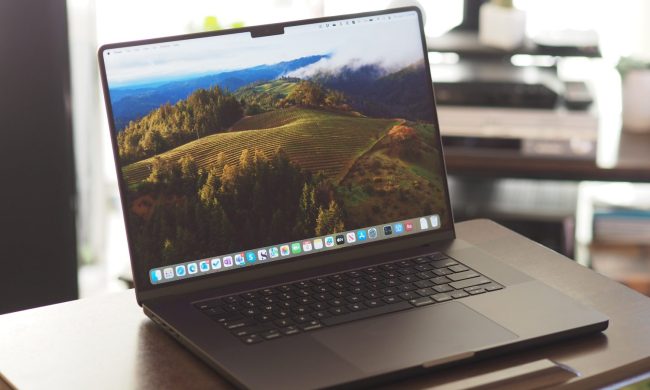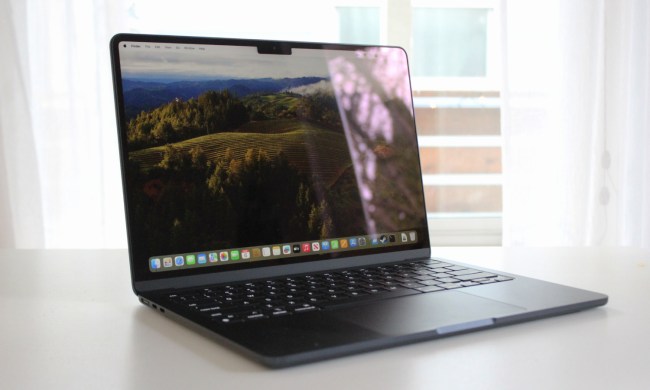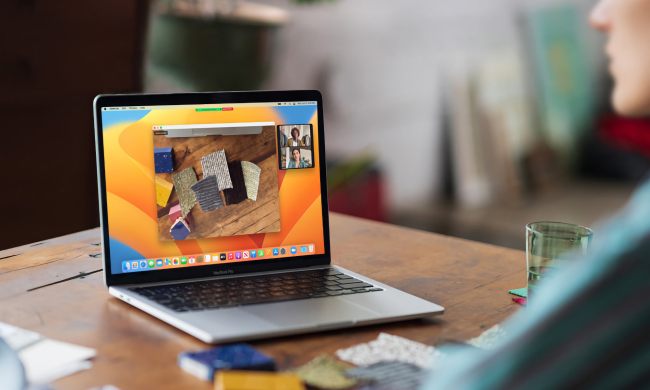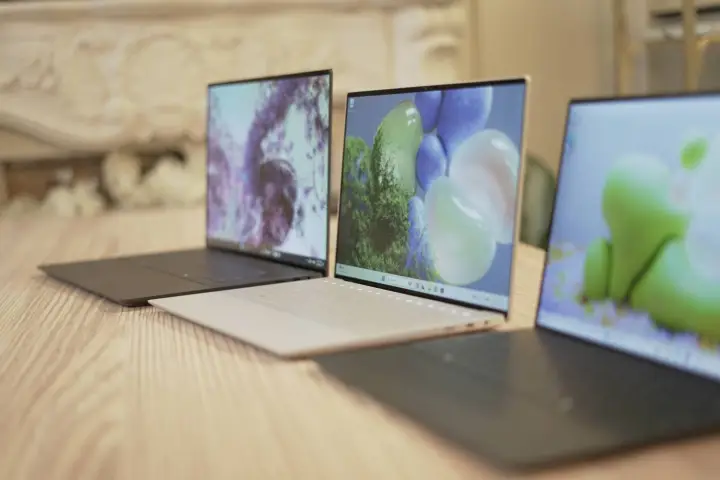
Dell has upended its XPS laptop lineup, incorporating the ultramodern design elements of the XPS 13 Plus into new 13-, 14-, and 16-inch models. The new XPS 13 is essentially the same as the XPS 13 Plus, which tops our list of the best 13-inch laptops, and Dell is dropping the previous low-price model.
So, while the XPS 13 can no longer undercut the MacBook Air in terms of price, it has a couple of one-ups over the MacBook Air, providing a more direct counter to Apple’s offering.
Specs and configurations
| Dell XPS 13 2024 | Apple MacBook Air | |
| Dimensions | 11.62 inches x 7.84 inches x 0.60 inches | 11.97 inches x 8.46 inches x 0.44 inches |
| Weight | 2.6 pounds | 2.7 pounds |
| Processor | Intel Core Ultra 5 125H Intel Core Ultra 7 155H Intel Core Ultra 7 165H |
Apple M2 (8-core) |
| Graphics | Intel Arc graphics | 8 GPU cores 10 GPU cores |
| RAM | 8GB 16GB 32GB 64GB |
8GB 16GB 24GB |
| Display | 13.4-inch FHD+ (1920 x 1200) IPS non-touch, 120Hz 13.4-inch QHD+ (2560 x 1600) IPS touch, 120Hz 13.4-inch 3K (2880 x 1800) OLED touch, 60Hz |
13.6-inch 16:10 Liquid Retina IPS 2560 x 1664 |
| Storage | 512GB SSD 1TB SSD 2TB SSD 4TB SSD |
256GB SSD 512GB SSD 1TB SSD 2TB SSD |
| Touch | Optional | No |
| Ports | 2 x USB-C with Thunderbolt 4 | 2 x USB-C with Thunderbolt 4 1 x 3.5mm audio jack |
| Wireless | Wi-Fi 7 and Bluetooth 5.4 | Wi-Fi 6 and Bluetooth 5.3 |
| Webcam | 1080p with IR camera for Windows Hello | 1080p |
| Operating system | Windows 11 | MacOS Sonoma |
| Battery | 55 watt-hours | 52.6 watt-hour |
| Price | $1,299+ | $1,099+ |
| Rating | Not yet reviewed | 4 out of 5 stars |
We don’t have pricing information on the XPS 13 other than the starting price of $1,299 for a Core Ultra 5 125H CPU, 8GB of
The MacBook Air M2, which we’ll feature in this comparison, starts at $1,099 for an 8-core CPU/8-core GPU M2 chipset, 8GB of
When configured similarly, with 8GB of
Design

The XPS 13 looks a lot like the previous model on the outside, as do all the new XPS machines, with Platinum or Graphite CNC-machined aluminum on the lid and bottom chassis and anodized chrome along the sides. On the inside is the XPS 13 Plus’s edge-to-edge keyboard with zero key spacing, a glass palm rest and hidden touchpad, and a row of LED function keys. These are controversial features that some users will love, and some will hate, but they combine with the thinnest display bezels on a laptop to give a thoroughly modern appearance.
The MacBook Air M2 is a more conservative design outside and in, with CNC-machined aluminum all around in a choice of four colors — Midnight, Starlight, Space Gray, and Silver. The edges are perfectly straight, while the keyboard and touchpad are more traditional designs; the usual fastidious Apple design touches make for an elegant look.
Both
The XPS 13 has thinner display bezels than the MacBook Air, which, when combined with a slightly smaller display, makes the Dell a smaller laptop in width and depth. The one controversial design feature of the MacBook Air is the display notch that houses the webcam and microphones.

The MacBook Air enjoys the excellent Apple Magic Keyboard, with large keycaps and plentiful key spacing, which, combined with the light, snappy switches, make for one of the most comfortable keyboards around. We haven’t tested the new XPS 13, but if its edge-to-edge keyboard is the same as on the XPS 13 Plus, it will provide a feel that’s almost as good as the MacBook Air’s, once a user is past a short learning curve.
The MacBook Air’s Force Touch touchpad is excellent, as always, with the useful Force Click feature. The XPS 13’s seamless touchpad is also a haptic version, which was good but not great on the XPS 13 Plus. It’s slick, but some complain that the invisible edges are more troublesome than they’re worth.
Both
Finally, both
Performance
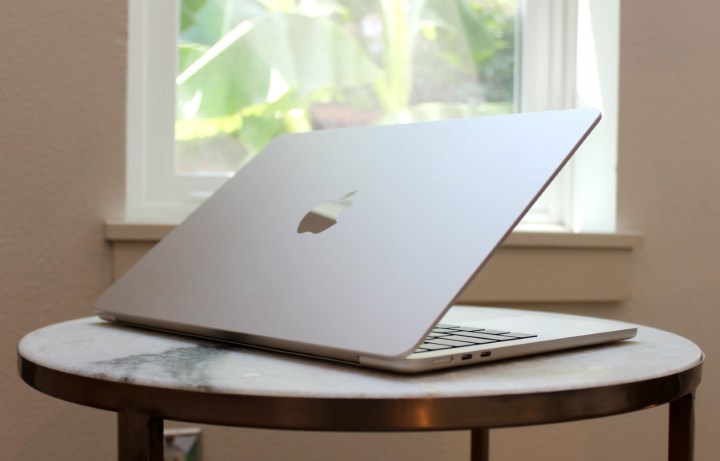
The XPS 13 uses Intel’s latest Meteor Lake chipsets, namely the 28-watt Core Ultra 5 and 7. We haven’t tested the laptop yet, but similar machines with the 16-core/22-thread Core Ultra 7 155H have shown excellent productivity performance. The integrated Intel Arc graphics are faster than the previous Intel Iris Xe graphics but not as fast as entry-level discrete GPUs. That will limit the XPS 13’s performance in creative apps that can use faster graphics to speed up various tasks.
The MacBook Air M2 uses the Apple M2 chipset, with eight CPU cores and either eight or 10 GPU cores. The XPS 13 with the Core Ultra 7 will likely meet or exceed the MacBook’s productivity performance, but Apple’s GPU optimizations will make the MacBook Air M2 slightly faster in creative applications.
Both
Display and audio
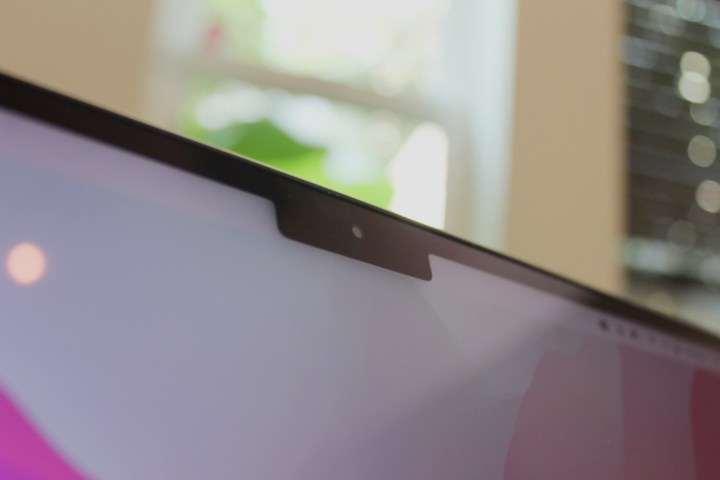
The XPS 13 has three 13.4-inch 16:10 display options, including FHD+ (1920 x 1200) and QHD+ (2560 x 1600) IPS panels running at up to 120Hz and a 3K (2880 x 1800) OLED screen that’s limited to 60Hz.
The MacBook Air has a 13.6-inch 16:10 IPS display at 2560 x 1664 running at 60Hz. The XPS 13’s OLED display will likely produce wider and more accurate colors and much deeper contrast, while the MacBook Air’s very good display will compete well with Dell’s IPS options. However, the 120Hz refresh rate on the XPS 13 definitely has a significant one-up over the MacBook Air. On Apple’s side, you’ll need to jump up to the 14-inch MacBook Pro if you want a 120Hz refresh rate.
The MacBook has four-speaker audio that provides excellent sound, with plenty of volume, clear mids and highs, and a touch of bass. The XPS 13 also has four speakers, including two woofers and two tweeters, and we’ll have to wait to try them out before comparing its audio to the MacBook Air’s. Once again, Apple includes a 3.5mm audio jack where Dell drops it on the 13-inch model, and to take it a step further, the MacBook Air supports high-impedance
Portability
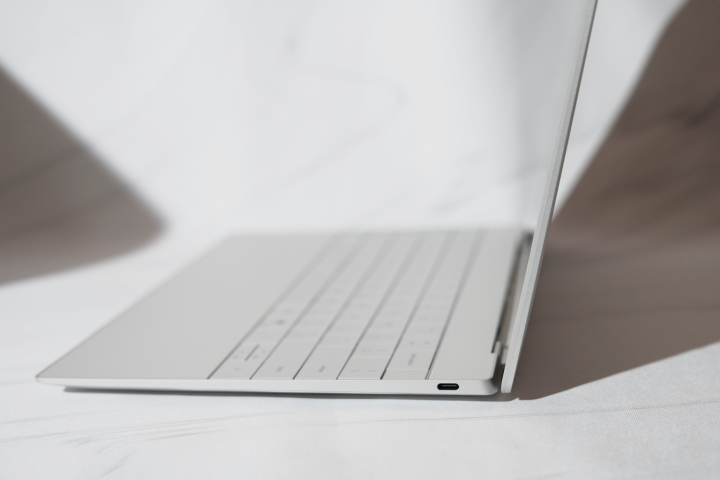
Both
However, the MacBook Air M2 gets excellent battery life that’s among the best you’ll find in a 13-inch laptop. The XPS 13 likely won’t be able to compete, but once again, we’ll have to wait for our review to confirm one way or another.
The jury is still out
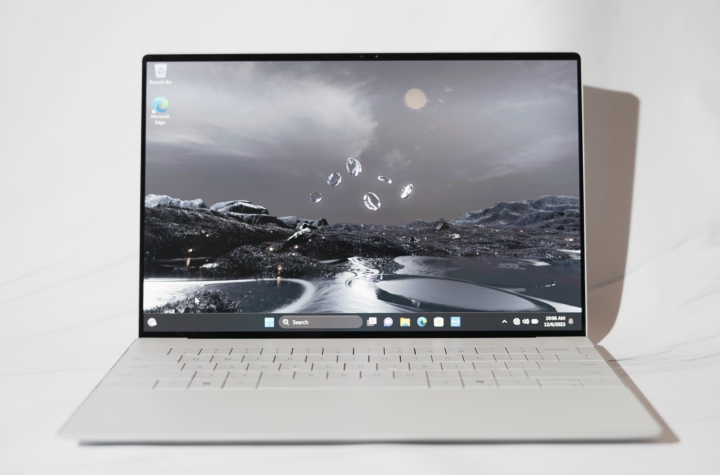
Sometimes, we can look at pure specs and prices to award a winner when one or both
The XPS 13’s performance may surprise us; its battery life might be better than expected, and its pricing will be competitive with the MacBook Air M2. Check back for an update once we’ve reviewed the XPS 13.
